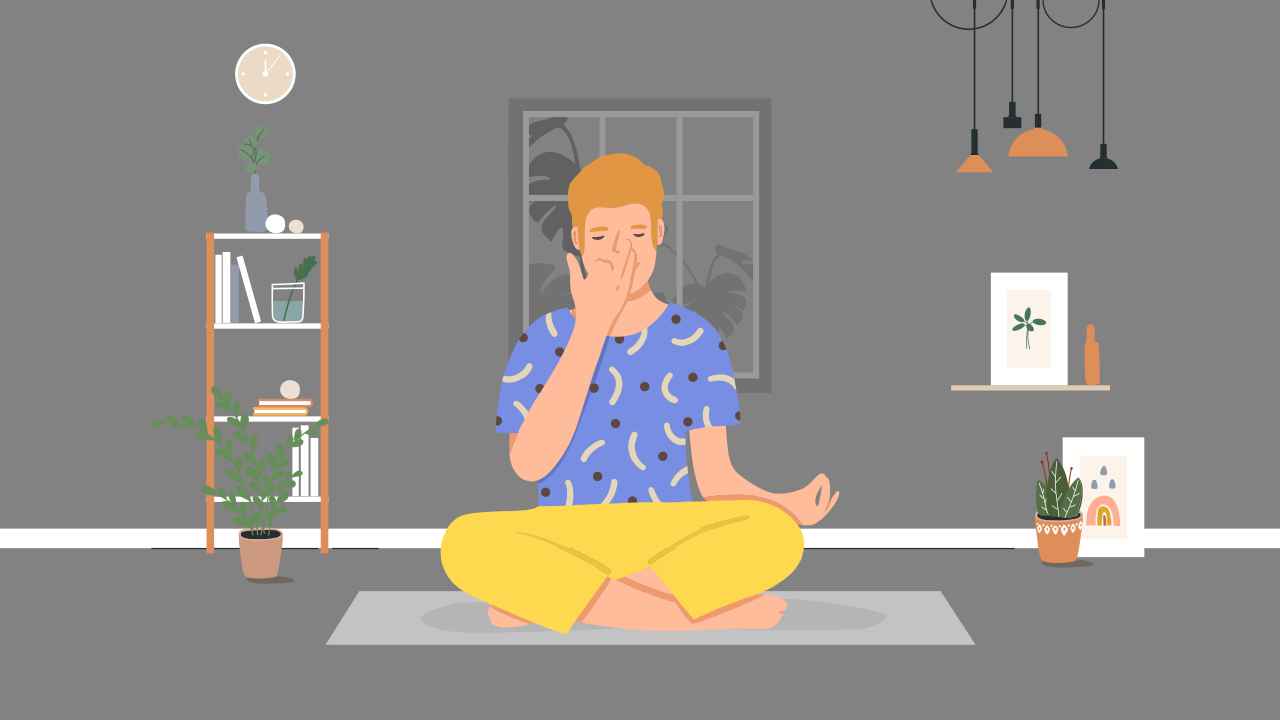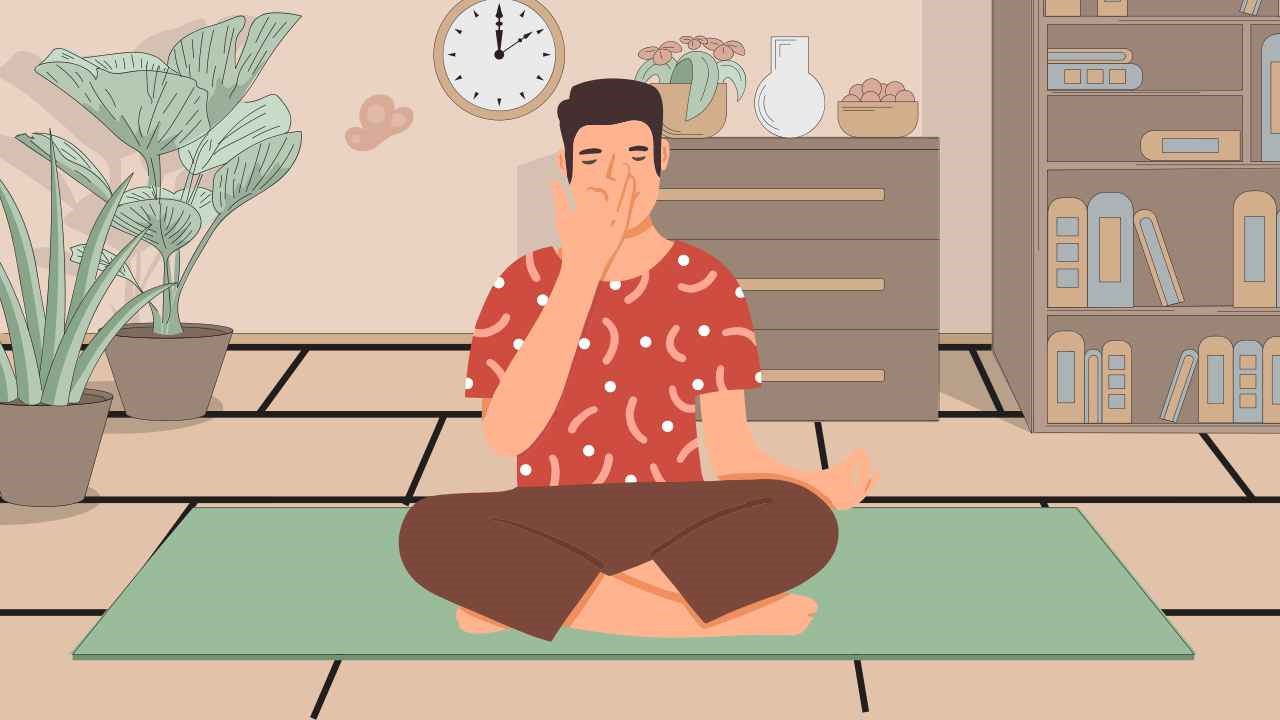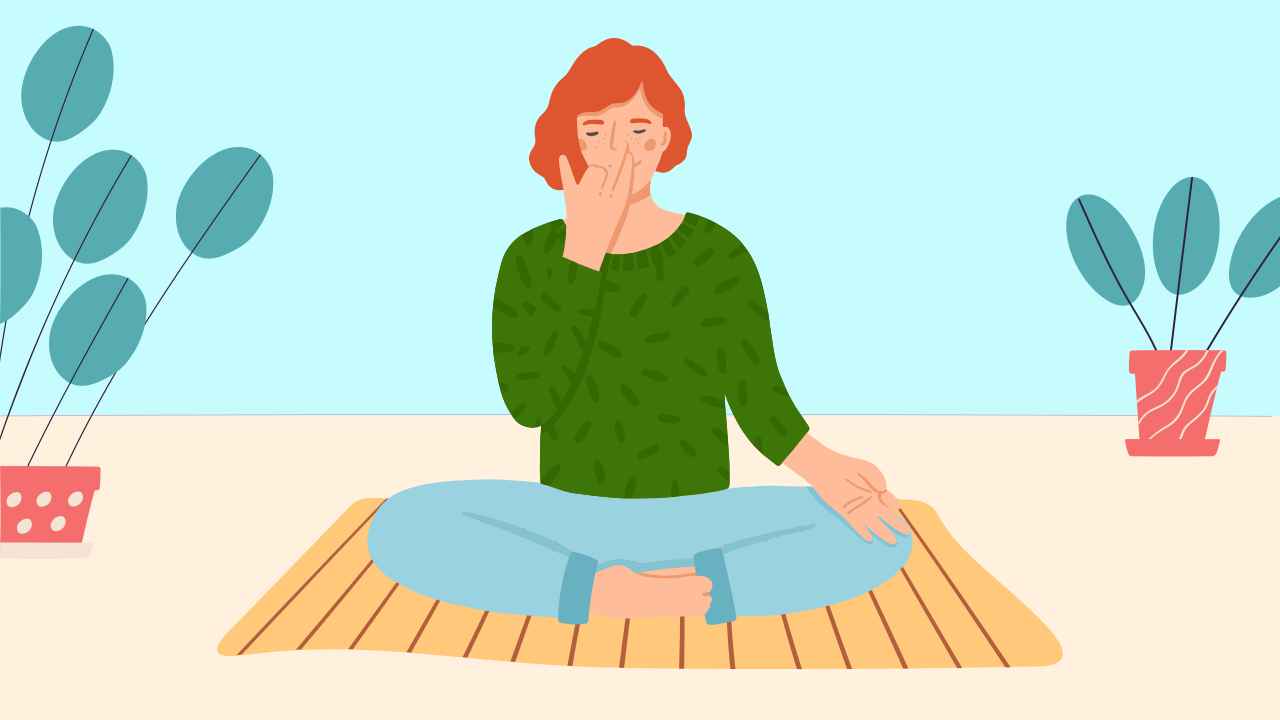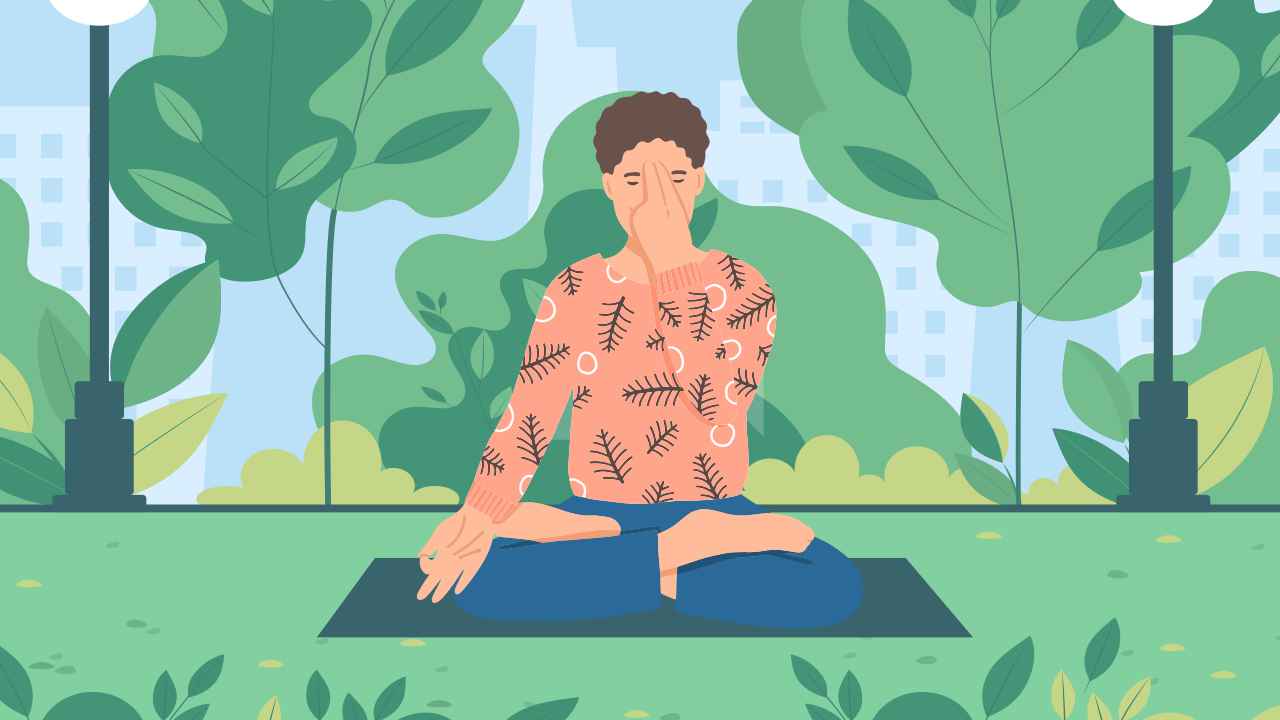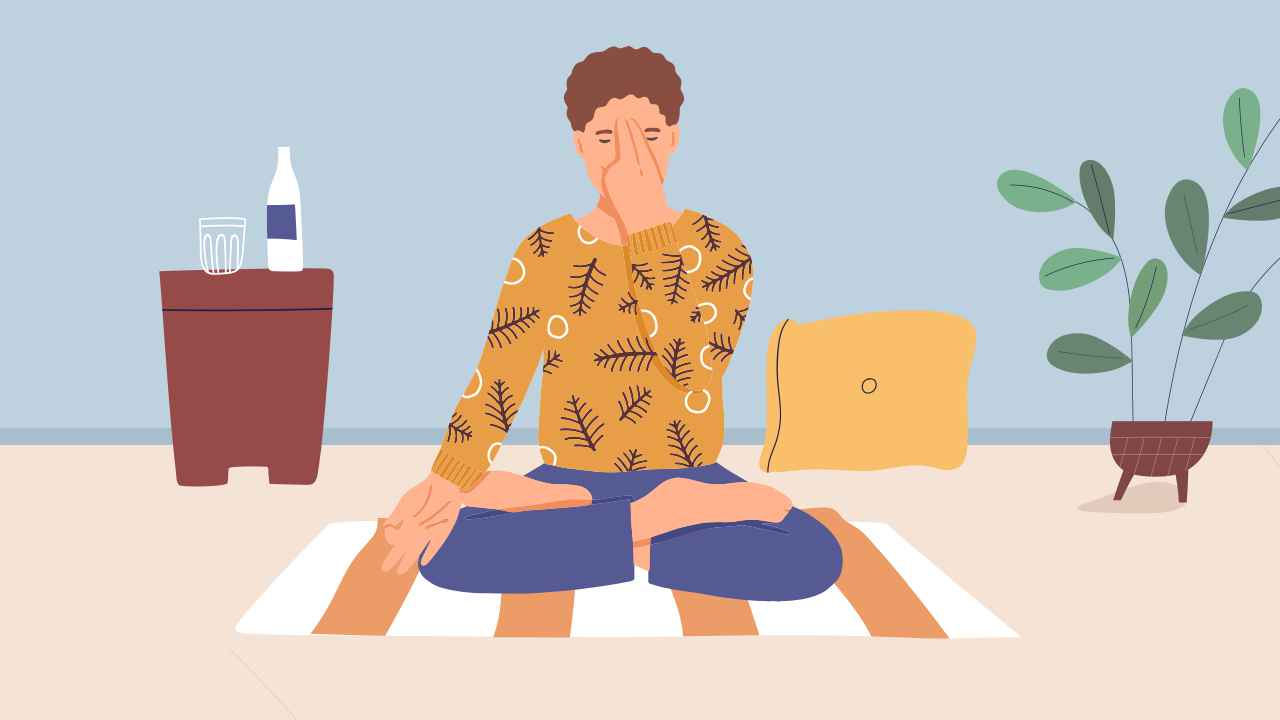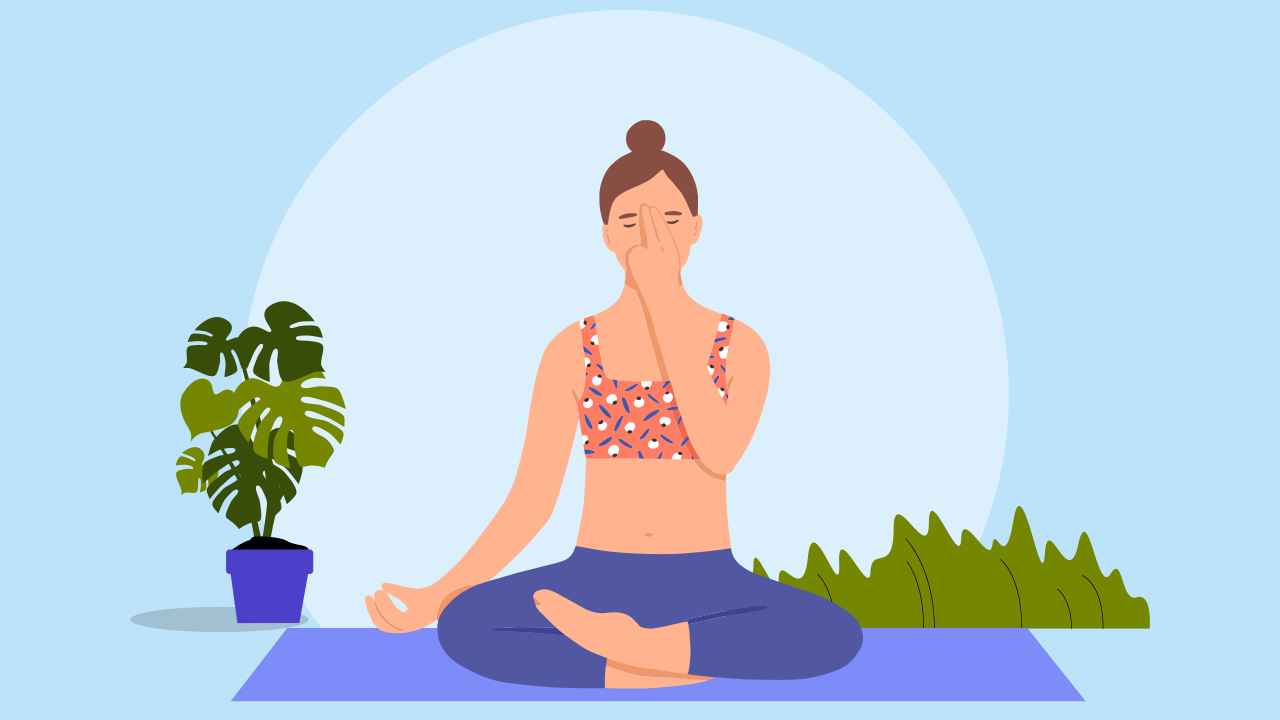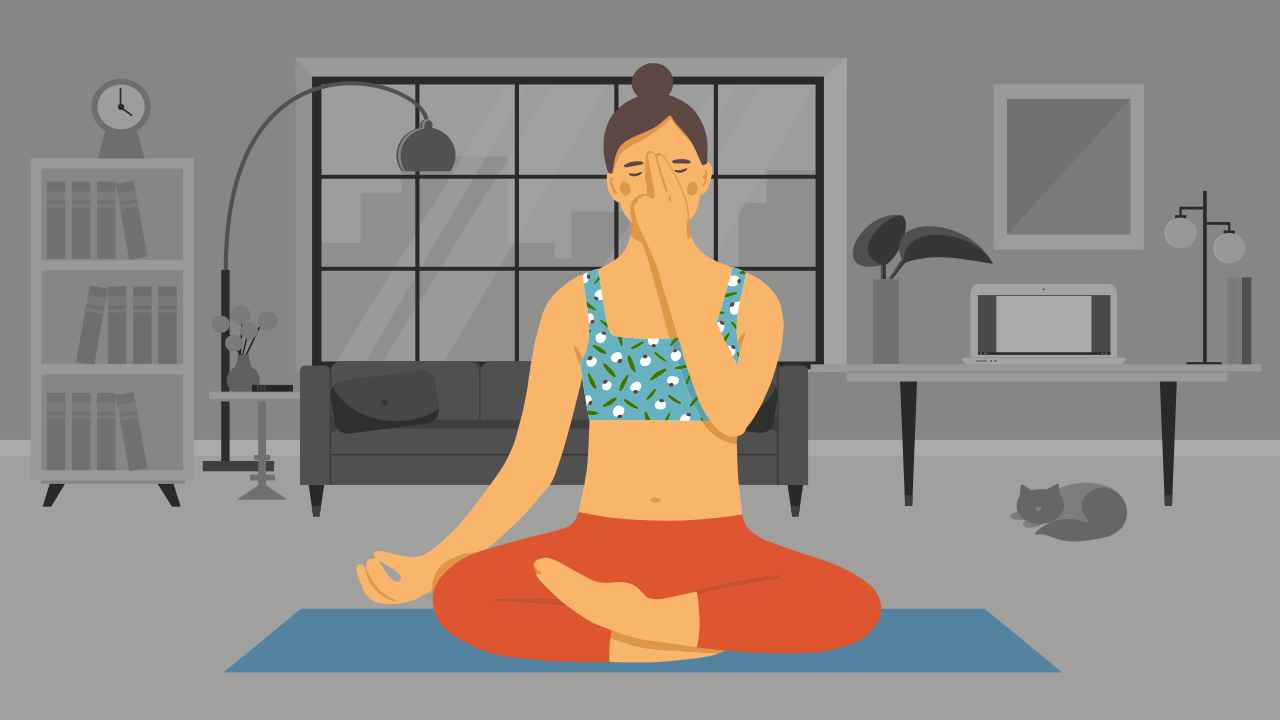
How Does Yoga Help in Stress Relief?

Stress is often described as an epidemic and used to describe situations or conditions that can cause strain or discomfort. It can manifest itself in numerous forms and affect your physical, mental, and emotional state. Hans Selye, the pioneering Hungarian-Canadian endocrinologist considered to be the father of stress research, defined stress as “that non-specific response of the body to any demand for change”. Stress is usually induced by change and change is inevitable. Therefore, it’s important that you learn to manage stress in day–to–day life. This is when stress relief through yoga and meditation comes to your rescue. Yoga, with its holistic understanding of stress, is adept at reducing the impact of stress and can equip you with tools for stress relief and management.
How does yoga help?
Studies indicate that yoga for stress and anxiety relief modulates stress response systems, thereby reducing symptoms such as increased heart rate, blood pressure, and erratic breathing. A combination of different breathing and mindfulness techniques help combat stress in the long run by reducing cortisol levels (stress hormone).
Let us look at the ways in which stress management through yoga and meditation can be helpful.
Mindful movement asanas
Stress causes wear and tear of various systems of our body. Asanas can help relieve stress symptoms such as muscle soreness or tightness, headaches, insomnia, and heightened pain sensitivity. Yoga postures stretch, bend, fold, twist, and lengthen the muscles of the body, thereby releasing any built up tension or stiffness.
Relaxation strategies
Rest and relaxation can help tackle the long-term effects of stress. Nurturing yourself is imperative to tackle daily stressors. Savasana, Yoga Nidra or progressive muscle relaxation, Pranayama or deep breathing practices, and meditation techniques such as visualization, mantra chanting, and guided meditation help by activating the body’s relaxation response, which can play a key role in stress relief. This stimulates a state of restfulness in the body and mind, which aids in combatting the effects of stress.
Also read: Yogic Breathing: How Should You Breathe During Yoga
What does yoga do?
1. Releases negative emotional patterns
Stress creates an invisible emotional burden within, which over a period of time, shows up as physical and mental discomfort. In yoga, hip and shoulder openers are specifically targeted to release stored tension, pent up emotions, and energies. Combine it with attitudes of letting go and surrender to break negative behavioral patterns.
2. Helps you accept situations
Yoga can help you rewire and reprogram your mind to develop an internalized state of harmony. The yogic reflection technique is vital to identify the root cause of your stress. It would help understand how neglecting or overlooking your thoughts, feelings, and emotions can stress you out everyday.
3. Brings about a sense of calm and ease
In yoga, you are taught to use your breath as an anchor to find steadiness, thus inducing a tranquil state of being. This brings your mind and body in sync, producing a greater sense of calm and ease. Brahmari Pranayama, Balasana, and other forward folds and inversions, have a calming and relaxing effect on the entire physical system.
4. Helps lead a balanced life
Poor time management techniques and substandard work-life balance may cause stress. When things are out of your control, you find yourself spiraling. A balancing pose helps you slow down, reconnect with your body, and pay attention to areas that require stability.
Stress relief through yoga and meditation creates awareness and balance both on and off the mat, improves focus, and helps you concentrate on aspects of your life that really matter. It can be one of your toughest armors in fighting stress and live a better and calmer life on a daily basis.
References
1. Saeed SA, Cunningham K, Bloch RM. Depression and Anxiety Disorders: Benefits of Exercise, Yoga, and Meditation. Am Fam Physician 2019; 99: 620–7.
2. Chong CS, Tsunaka M, Tsang HW, et al. Effects of Yoga on Stress Management in Healthy Adults: A Systematic Review. Altern Ther Health Med 2011; 17: 32–8.
3. Li AW, Goldsmith CA. The Effects of Yoga on Anxiety and Stress. Altern Med Rev 2012; 17: 21–35.
4. Wang F, Szabo A. Effects of Yoga on Stress Among Healthy Adults: A Systematic Review. Altern Ther Health Med 2020; 26: AT6214.
5. Chen KW, Berger CC, Manheimer E, et al. Meditative therapies for Reducing Anxiety: A Systematic Review and Meta-analysis of Randomized Controlled Trials. Depress Anxiety 2012; 29: 545–62.
6. Star K. How Yoga Can Help Ease Anxiety and Panic Disorder Symptoms. Verywell Mind. https://www.verywellmind.com/yoga-for-panic-disorder-2584114#:~:text=7%EF%BB%BF%20Yoga%20not%20only,go%20of%20worry%20and%20fear. (accessed Feb 11, 2021).
7. Riopel L. 28 Best Meditation Techniques for Beginners to Learn. Positive Psychology. 2021; published online Jan 30. https://positivepsychology.com/meditation-techniques-beginners/ (accessed Feb 11, 2021).
8. Fink, George. Stress: Definition and history. Stress Sci 2010; 3–9.
9. Yoga for anxiety and depression. Harvard Health. 2009. https://www.health.harvard.edu/mind-and-mood/yoga-for-anxiety-and-depression (accessed Feb 12, 2021).
10. Stonerock GL, Hoffman BM, Smith PJ, et al. Exercise as Treatment for Anxiety: Systematic Review and Analysis. Ann Behav Med 2015; 49: 542–56.


